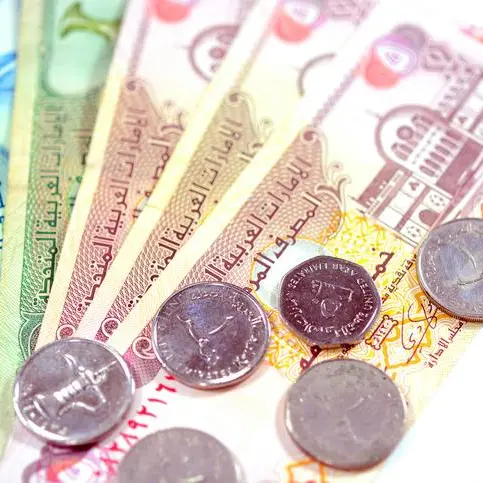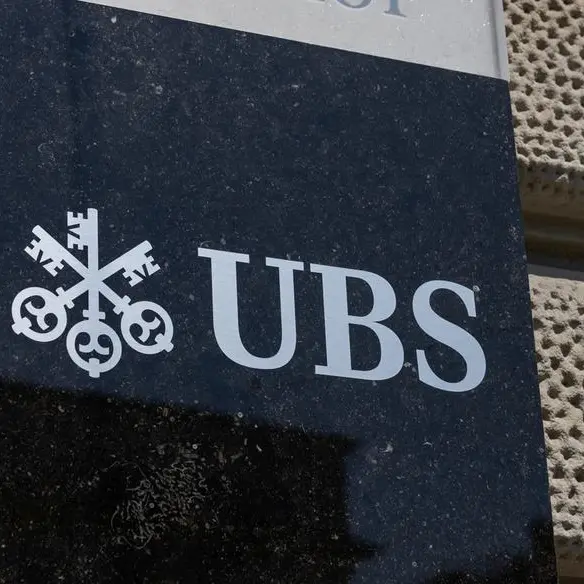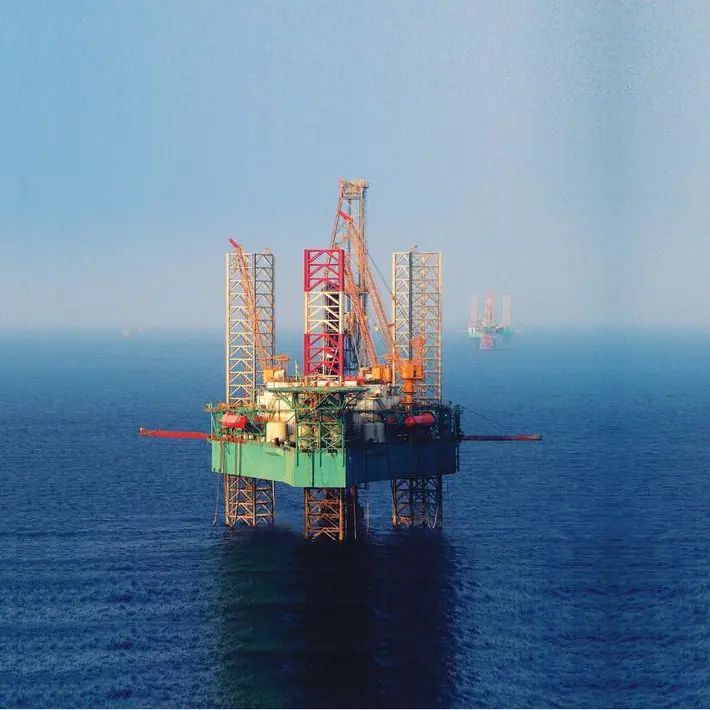PHOTO
China has emerged as a growing market for camel dairy products in recent years; Emirates Industry for Camel Milk and Products – also known as Camelicious – has referred to the Asian powerhouse as its biggest market today, surpassing even the UAE.
CEO Mutasher A Latef Albadry told Zawya that the company has charted an ambitious growth plan, which includes new export markets and verticals.
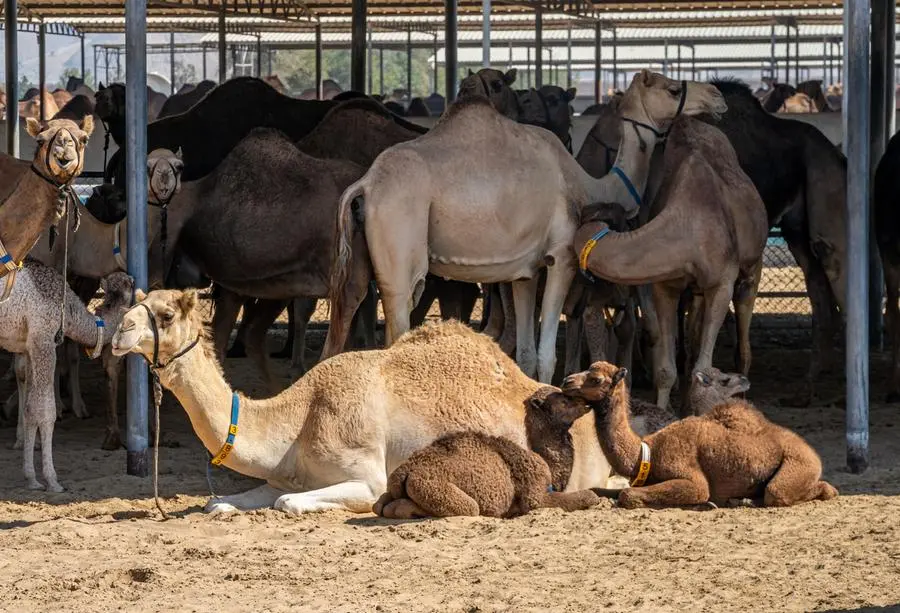

“Camelicious started out in 2006 as a small brand with a single SKU (stock keeping unit) and only 200 camels at launch. As the journey progressed, we grew year on year in products and size to reach the level we are at today, with 8,000 camels and 60 SKU, which range from milk products to baby formula, and even a personal care range,” Albadry said.
Currently, the brand is sold in 18 international markets, with exports to the US, the UK, Europe, India, and China.
“By 2030, we plan to take that number to 30 global markets with a greater focus on Europe in countries where we are not available or have limited penetration, like Holland, Germany and the Scandinavian countries,” Albadry said.
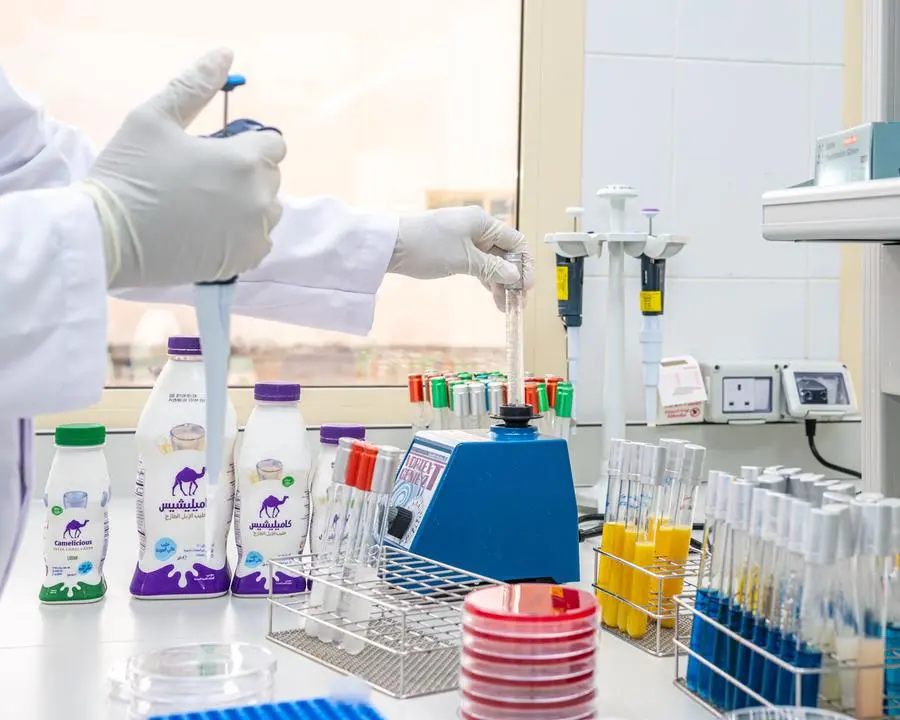

Further expansion in Asia is also on the plan.
“China is the biggest market for our brand today, even bigger than the UAE. We can say that two-thirds of our production of milk powder is exported to China,” Albadry said.
“We have also grown in exports to Singapore and Malaysia in recent years and are now looking to expand our footprint in markets such as Japan and South Korea,” he added, while stressing that the company was “financially solid” to fund this growth without external capital infusion.
“We are confident that in the next five years, the company will continue to grow between 15% to 20% annually without the need for JVs or acquisitions to fuel this growth,” Albadry said. “What we are looking for are franchise partners to sell our brand further in growth markets we are targeting.”
A decade ago, camel milk would probably have been categorised as a novelty product, with the Middle East perhaps the only region familiar with its nutritional benefits, having been a staple for Bedouin tribes across centuries.
Today, the global market size for camel milk products market size is estimated to reach $23.02 billion by 2031, growing at a compound annual growth rate (CAGR) of 6.6% over the forecast period between 2023 and 2031, according to a study by market intelligence firm, Straits Research.
The study cites Asia-Pacific and North America emerging as the biggest markets, with a CAGR of 7.1% and 7.8%, respectively.
In the GCC, Saudi Arabia is also attempting to level the playing field in this region through its $776 billion-strong Public Investment Fund (PIF), the sovereign-backed juggernaut which financed the launch of the Sawani Company last year to bolster growth in the kingdom’s camel dairy sector.
When asked about the growing competition in this sector, Albadry’s outlook remained optimistic. “We don’t look at them as competitors but as success partners. Camel dairy is a sector still in its infancy and it requires more companies to work together to grow it further.”
(Reporting by Bindu Rai, editing by Seban Scaria)





